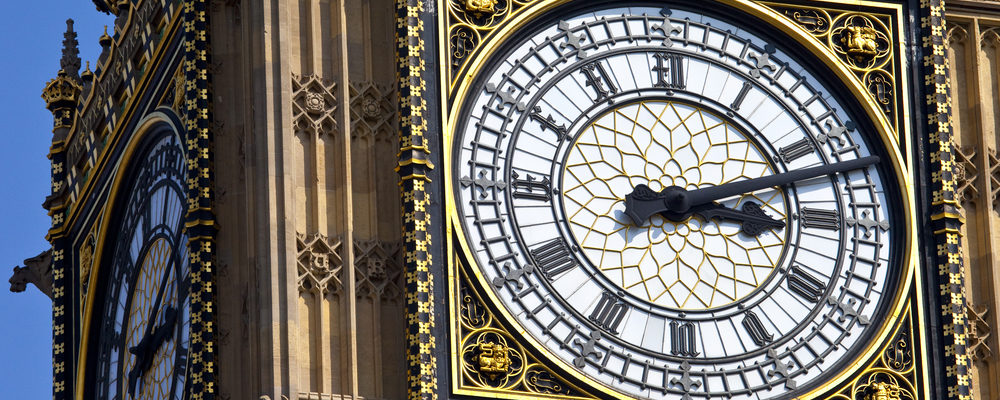A largely media-driven “outcry” has greeted a decision to silence the Palace of Westminster’s mighty bell Big Ben until 2021. Officials behind a renovation programme at the Palace have taken the measure in order to protect the hearing of workers who will toil in the iconic Elizabeth Tower for the next few years to address a host of longstanding structural issues that, if left unchecked, could render the building unsafe.
Brexit secretary David Davis has led the chorus of disapproval against the decision, calling it “mad”, and saying that he “can’t understand why” Big Ben has been silenced. “There’s hardly a health and safety argument,” he complained, adding: “the polite version: just get on with it.” Labour’s Stephen Pound also entered the fray, noting: “They kept the bells tolling through the Blitz. The Luftwaffe could not stop it but health and safety has. There has to be a way around.”
However, Graham Parker – president of the Institution of Occupational Safety and Health (IOSH) – has rounded on the deniers, saying: “Their arguments are unfounded, unnecessary and unhelpful. They are simply stirring the pot and creating controversy. It is time for them to wake up and understand the real world of costs and complexity.”
Parker added: “The chimes of Big Ben have a 118-decibel peak noise. Anyone close to the bell and exposed to it for just a few seconds would suffer irreparable hearing damage. At midday, imagine what a dozen would do.”
How can leaders demonstrate that health and safety isn’t a bureaucratic headache, but something that bosses should feel duty bound to incorporate into projects and processes?
The Institute of Leadership & Management's CEO Phil James says: “The commentary around the Grenfell Tower disaster has done such a huge service to the health and safety profession. While the fallout from the fire has played out on a huge range of different levels, it has really helped to focus people’s minds on the potential consequences of either failing to implement basic measures, or making ill-advised material choices that have since been found to affect so many other buildings.”
James adds: “The job of health and safety professionals is to keep us healthy and safe. A desire to protect workers in the Elizabeth Tower for the duration of the structural renovations is a hard ambition with which to take issue.”
Health and safety, though, also has a profound business case. In the latest issue of the Institute’s Edge magazine, author and Institute Fellow, Professor Andrew Sharman, notes:
“According to the International Labour Organisation, more than 2.3 million workers die every year as a result of occupational accidents or work-related diseases. It’s not surprising, then, that globally regulators are raising their game when it comes to workplace safety.”
Sharman adds: “In the UK alone, 46 company leaders and managers were prosecuted for safety failings in 2016, including 12 who received prison sentences. In the same period, safety fines rose 25% to £20.6 million, with several companies receiving penalties of £1 million for non-fatal accidents. Research indicates that organisational competitiveness and workplace safety go hand-in-hand, claiming that the lower the number of accidents, the higher the organisation’s competitiveness, productivity and employee morale.”
For further thoughts on the healthy workplace, check out these learning resources from the Institute

